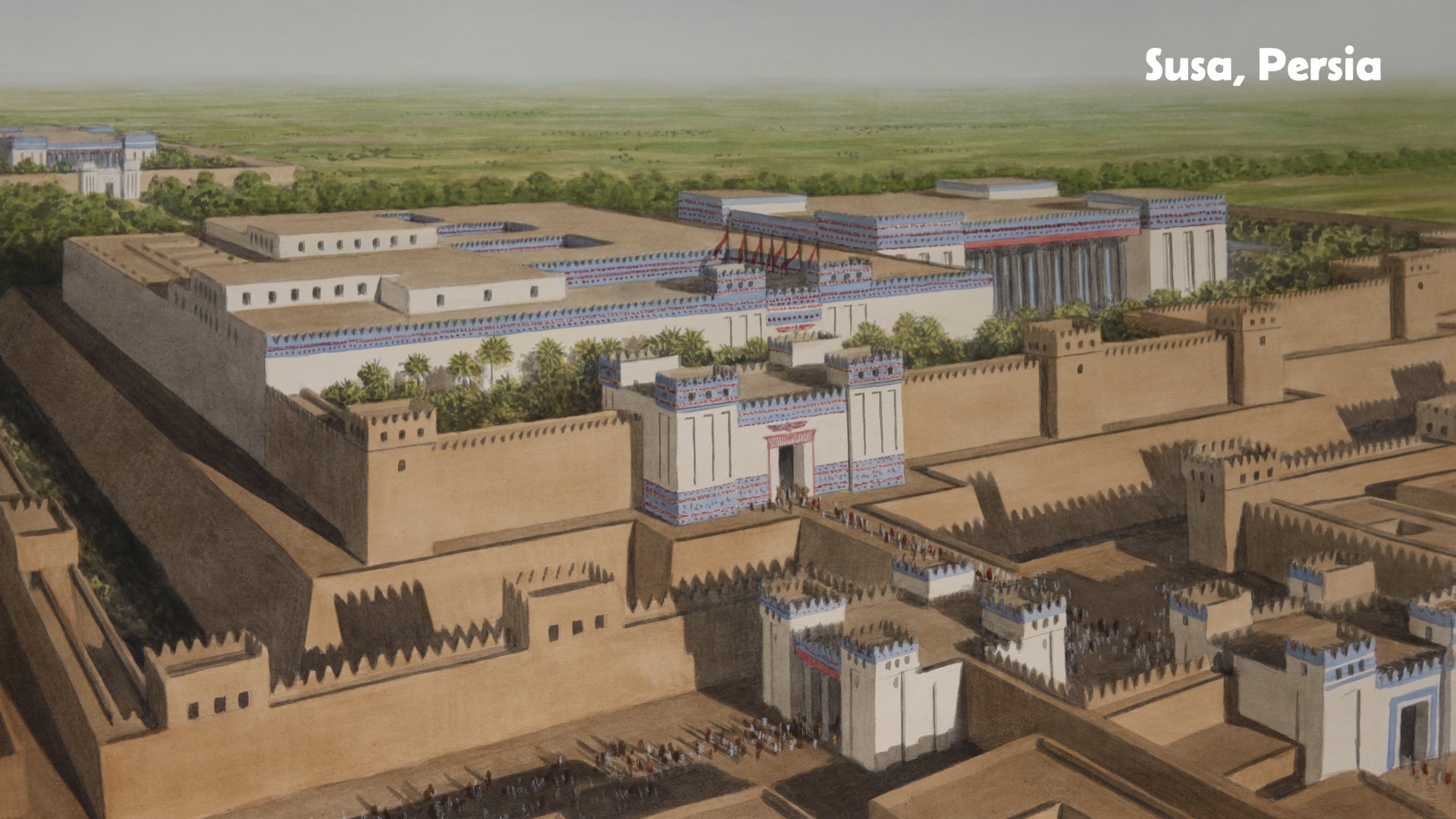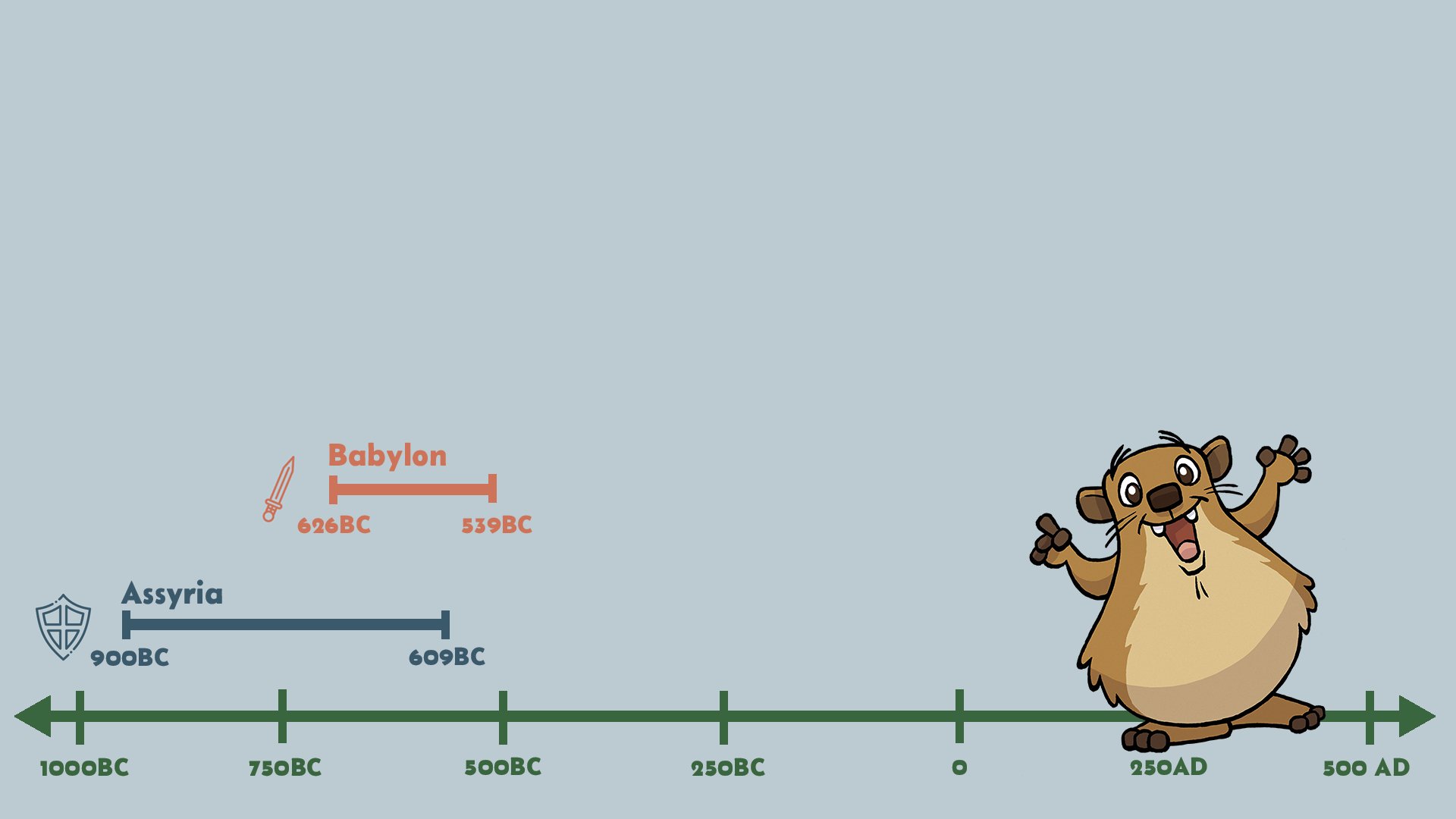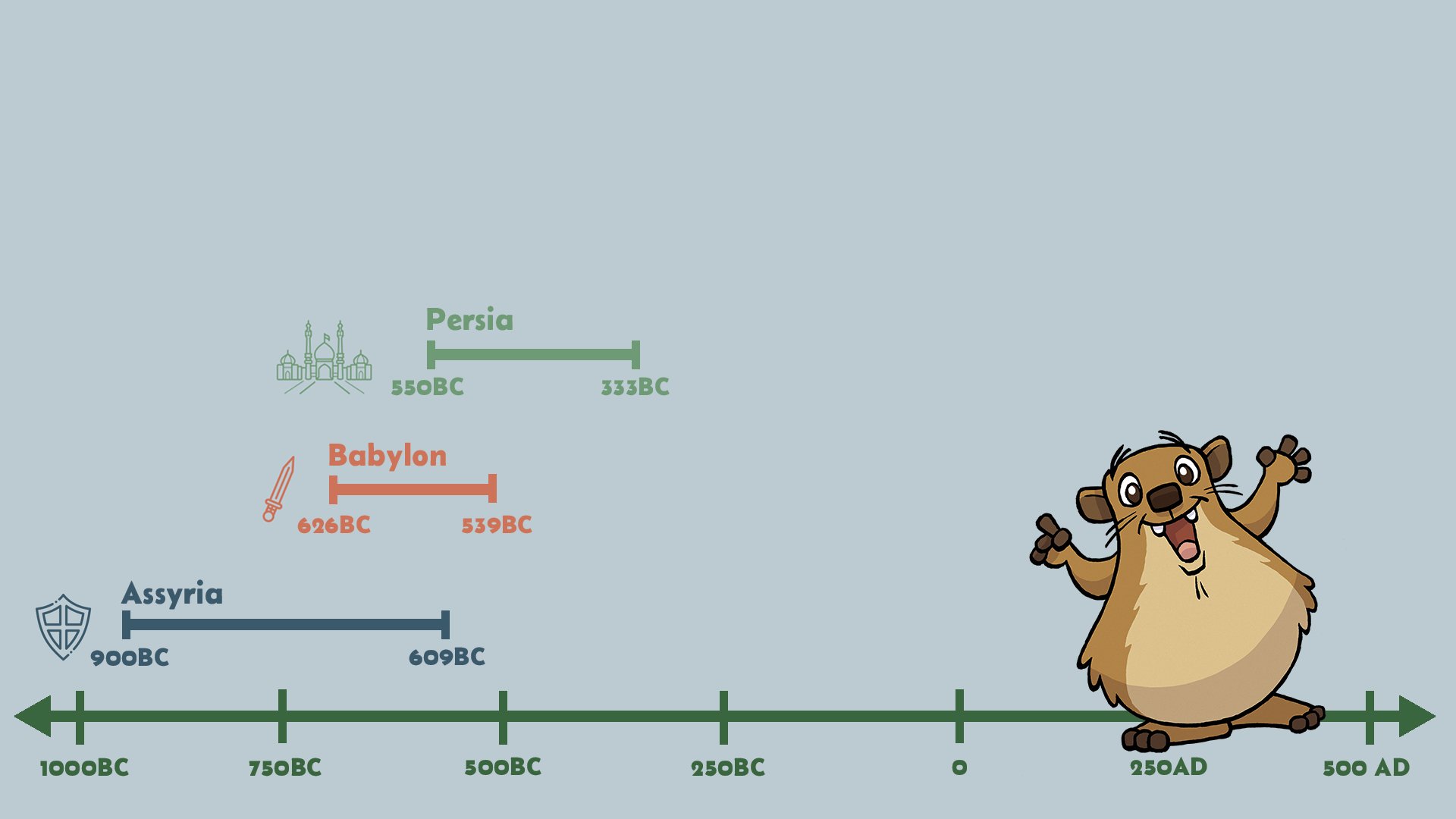LESSON INFORMATION
Unit Essential Questions:
What is the historical context of the world at the time of the kings and prophets?
What were the Empires that impacted the Biblical story?
How did the empires of the world impact God’s people?
Lesson Essential Questions:
Who were the Greeks?
Bible Text:
None
Contextual Lenses:
Learning Goals:
Learners will be able to reflect on who the Greeks were through the historical, cultural, geographical, and linguistic contextual lenses.
Common Core ELA:
CCSS.ELA-Literacy.RI.4.-Refer to details and examples in a text when explaining what the text says explicitly and when drawing inferences from the text.
CCSS.ELA-Literacy.RI.4.4-Determine the meaning of general academic and domain-specific words or phrases in a text relevant to a grade 4 topic or subject area.
CCSS.ELA-Literacy.RI.4.9-Integrate information from two texts on the same topic in order to write or speak about the subject knowledgeably.
CCSS.ELA-Literacy.SL.4.2-Paraphrase portions of a text read aloud or information presented in diverse media and formats, including visually, quantitatively, and orally.
Teaching Points:
The Greeks conquered the Persian Empire, led by Alexander the Great.
As the Greek Empire expanded, they brought with them a world view called Hellenism.
Greek culture is a foundation for our own culture.
LESSON PREPARATION
What you should prepare . . .
-Set Up the Slides: Download and get the presentation slides ready to show.
-Prep the Posters: Print and laminate the posters for each station so they’re ready to use.
-Grab Supplies: Make sure you have crayons or markers for Stations 2 and 4.
-Passports and Pencils: Have the students grab their passports and a pencil to use during the activity.
What you should know . . .
Empires around the world had many different historical eras and rulers. They were led by powerful kings, and many of them began as small kingdoms that took hundreds of years to grow into mighty empires.
Figuring out when these empires began and ended isn’t always easy. Some timelines are clearer because these empires were conquered in famous battles. However, their influence is harder to measure. These empires shaped the world in lasting ways and inspired those that came after them.
The capitals of these empires often changed over time, but in this study, we’ll focus on the time periods, capitals, and kings that connect to stories in the Bible. This unit will help you better understand the world of kings and prophets of the Bible and the history that surrounded them. Let’s dive in and start exploring!
LESSON INTRODUCTION
Get Ready to Travel Back in Time!
Today, we’re going on an exciting journey to explore the Greek Empire! (Slide 1: Greek Empire) Do you have your passports ready?
(Slide 2: Kingdoms Graphic) The Greek Empire is the fourth of five empires we’ll visit on our adventure. The others are Assyria, Babylon, Persia, and Rome. Each of these empires played an important role in the Bible story, and together, they help us understand the world of the kings and prophets.
As we learn about these empires, we’ll add them to a timeline. (Slide 3: Timeline) This timeline will be the foundation for our study about the Kings and Prophets in the Bible.
To explore the Greek Empire, we’re going to look through four context lenses:
History
Geography
Linguistic
Culture
You’ll be split into four groups, and each group will visit a different station to learn about one of these lenses.
Are you ready to begin this adventure? Grab your passports, and let’s travel back to the time of the Greek Empire! (Slide 4: Greek Empire Slide)
ENGAGING WITH CONTEXT
Activity: Exploring the Greek Empire
Setup:
Divide learners into four groups and assign each group to a station. Each station will focus on a different aspect of the Greek Empire through a lens of context. Learners will use their passports to record what they discover. Set a timer for 5 minutes. When time is up, groups rotate to the next station.
Station 1: History (5 minutes)
Let’s discover the story of the Greek Empire!
Read Together: Start by reading the information provided about the Greek Empire.
Timeline Activity:
Open your passport to the timeline section.
Mark when the Greek Empire began and ended.
Draw a line connecting these dates to show how long the empire lasted.
Word Puzzle:
Use the clues in your passport to solve the crossword puzzle. Work as a team to find the correct answers based on the reading.
The Greek Empire
The Greek Empire was one of the most important empires in history because its ideas still influence how we think, learn, and create today! It began around 800 BC and lasted until 146 BC, when it was conquered by Rome.
The most famous Greek leader was Alexander the Great, who united Greece and built an empire that stretched across Europe, Asia, and Africa. The Greeks are known for their amazing ideas in government, architecture, art, science, poetry, language, and philosophy. They also started the Olympic Games, which we still celebrate today!
The Greek culture that spread throughout Alexander's empire is called Hellenism, and it inspired many civilizations, including Rome.
The Greeks played a big part in the story of the Bible. The Old Testament, originally written in Hebrew and Aramaic, was translated into Greek before Jesus was born, and the New Testament was written in Koine (koiˈnā) Greek. Because so many people in the empire spoke Greek, it helped the early Christians share the good news about Jesus across the world, from India to Spain.
The Greek Empire’s culture, language, and religion not only influenced the early church but also helped shape modern Western civilization!
Puzzle Questions and Answers:
Down:
The culture of the Greek Empire helped shape modern ____________ civilization!
The Greek language helped the early ____________ share the Good News about Jesus.
The Greek Empire was conquered by ____________.
Across:
The Greeks started the ____________ games.
The New Testament was written in ____________ Greek.
The most famous Greek leaders was ___________ ___ ____________.
The Greek culture that spread across the empire was called ____________.
Station 2: Geography (5 minutes)
The ancient Greek Empire was located in what is now Greece and spread along the western coast of Turkey and around the Mediterranean Sea. At first, the capital of the early Greek kingdom was the city of Pella, but later, it moved to the famous city of Athens. Greece was perfectly located for trading, exploring, and sharing ideas with other cultures.
Find Your Home and Greece:
Look at a globe or map. Can you find where you live?
Now, find Greece and the Mediterranean Sea. That’s where the Greek Empire was located
Color the Greek Empire:
On the map in your passport, color in the area where the Greek Empire once ruled. Use bright colors to show how big it was!
Station 3: Linguistic (5 minutes)
During the Greek Empire, people spoke and wrote in a language called Koine Greek. The word "Koine" means "common", and it was the everyday language of the time. Koine Greek is very special because it was used for the translation of the Old Testament (originally written in Hebrew and Aramaic) and for writing the New Testament.
See what Koine Greek writing looks like:
Take a look at an example of Koine Greek from 1 Corinthians 2:3-11.
Translate the Bible Verse:
Use the cipher provided to translate the New Testament Bible verse from Greek into English.
Station 4: Culture (5 minutes)
Let’s dig into the past through artifacts! Archaeologists are like detectives of history. They learn about ancient empires and the people who lived in them by studying special objects, called artifacts, that are buried in the ground. These artifacts tell us amazing stories about life long ago.
Read through the artifact posters together.
Draw your own Greek Krater:
Find the Greek Krater picture in your passport.
Draw your own design, using both pictures and patterns. Your patterns can use shapes like circles, triangles, and diamonds. Use pictures to tell a story.
Parthenon: The Parthenon was a temple built on a high hill in the city of Athens. It is a temple dedicated to the goddess Athena. The Greeks worshipped many different gods and goddesses in temples like this one. The Parthenon is a wonderful example of the perfection and balance of classical Greek architecture.
Greek Krater: The Greek krater is a large, painted, open-mouth vase used to mix wine with water. They were put in the center of the room at a Greek party called a symposium. The paintings on the outside often told a story from Greek mythology. Krater’s can be covered in geometric patterns, including circles, triangles, and diamonds.
Nike of Samothrace: This statue, known as the Winged Victory, shows the Greek goddess Nike standing on the front of a ship. Although her head and arms are missing, the statue is still an incredible example of Greek art. It’s made of marble and shows the amazing life-like details that Greek artists were so skilled at creating. The flowing wings and folds of her clothing make it look like she’s moving in the wind.
EXPLORE THE STORY
(Slide 5: Timeline-Greece)
Gather learners together and ask if they discovered the dates marking the Greek Empire. Bring the timeline up on a screen. Spend a few minutes discussing learner’s discoveries. Possible wondering questions/starter points:
What was the most interesting thing you learned today?
If you could visit the Greek Empire, what would you want to see or do?
What surprised you the most about the Greeks?
What connection did the Greek Empire have to the Bible?
RESPOND TO THE STORY
Passports Stamps:
When learners finish filling out the information in their passports, celebrate their achievement by adding the empire’s stamp inside! This stamp shows they’ve “explored” the Greek Empire and learned all about it. Great job, explorers!
Lesson Files Include:
Lesson PDF
Presentations Files (Keynote, Power Point, Google Slides)
Station Posters
Passport Printout
Passport Stamp Printout
Passport stamp sticker sheets coming soon!
Contact info@lovegodloveothers.com if you are interested in trying out this unit with your students!











